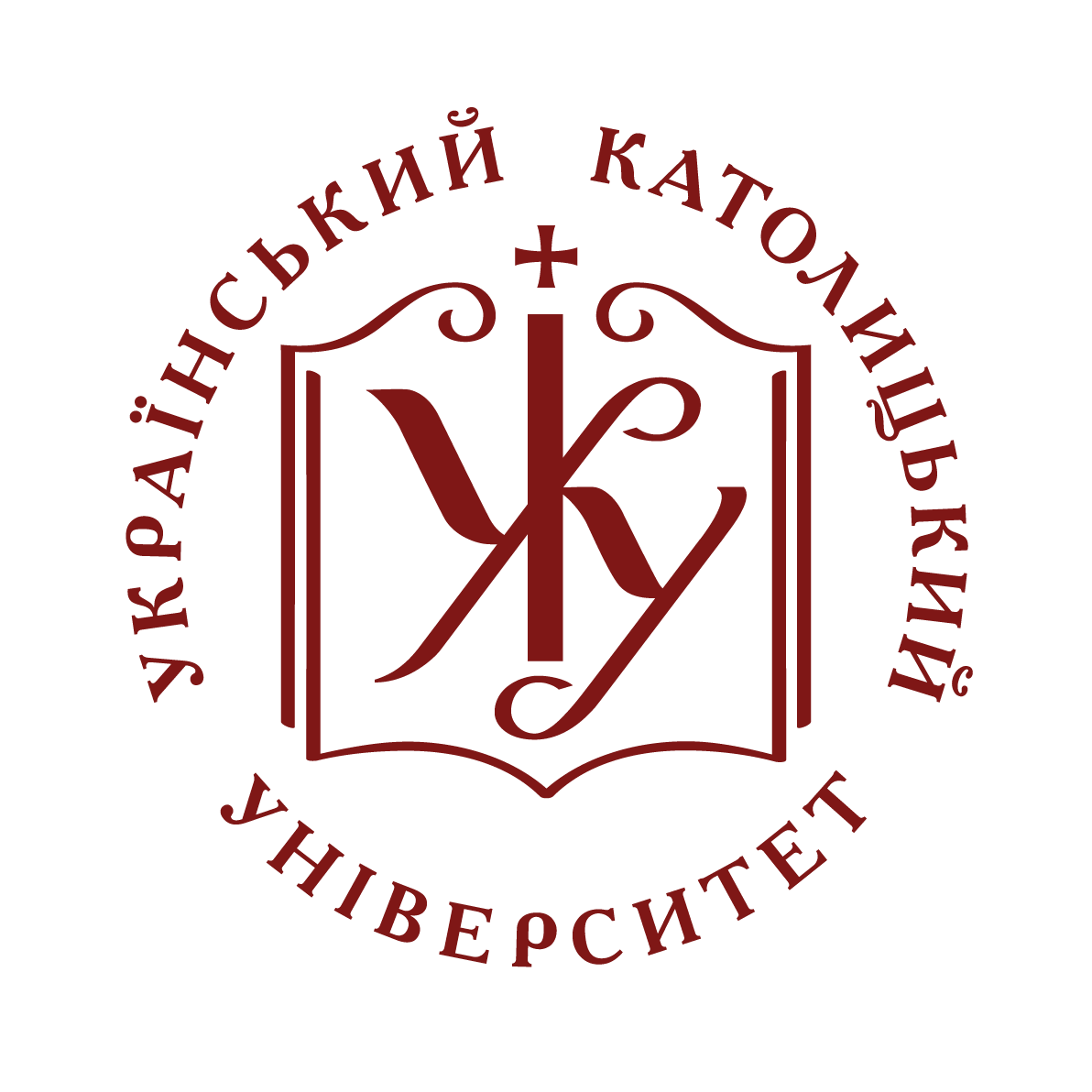Сценарії JavaScript вимкнено для Вашого браузера. Деякі функції цього сайту не будуть працювати без них.
Показати скорочений опис матеріалу
| dc.contributor.author | Питльована, Лілія
|
|
| dc.date.accessioned | 2020-03-24T22:04:46Z | |
| dc.date.available | 2020-03-24T22:04:46Z | |
| dc.date.issued | 2019 | |
| dc.identifier.citation | Питльована Л.Ю. США і «Північний потік-2» у сучасній політичній карикатурі // Військово-науковий вісник. Вип.32. Львів: НАСВ, 2019. С.135-156. | uk |
| dc.identifier.uri | http://er.ucu.edu.ua/handle/1/2138 | |
| dc.description.abstract | У статті розкриваються особливості репрезентації політики США щодо будівництва газопроводу «Північний потік-2» у сучасній політичній карикатурі. Американська позиція розглядається у кількох контекстах: конкуренції США і Росії на європейському і українському газових ринках, глобального протистояння обох держав; безпеки країн ЄС і НАТО, особливо, Німеччини від енергополітичного тиску Росії. Виділено такі основні аргументи риторики адміністрації США проти «Північного потоку-2»: газопровід дезінтегрує Європейський союз; протиставляє інтереси країн Західної і Східної Європи; вносить розкол у лави країн НАТО; робить Німеччину енергетичною заручницею Кремля; створює екологічні ризики; є інструментом гібридної війни Росії проти країн Заходу та України. Простежуються спроби США протидіяти спорудженню газопроводу дипломатичним шляхом, лобіювання ними внесення змін до Газової директиви ЄС, використання системи санкцій як щодо Росії, так і щодо європейських бізнес-партнерів «Газпрому». Проаналізовані карикатури акцентують увагу на негативному ставленні США до «Північного потоку-2» як важелю впливу Росії на країни Європи, на загрозах втрати Німеччиною енергетичної незалежності. Автори карикатур часто пояснюють американську протидію проекту боротьбою США і Росії за газові ринки Європи. Героями сюжетів виступають США в особі Д. Трампа, Росія в особі В. Путіна, канцлер Німеччини А. Меркель. Малюнки містять мало символів, алегорій, метафор, прихованих змістів. Вони прямолінійні, однозначні у тлумаченні, прив’язані до політичного контексту і поточної ситуації. | uk |
| dc.language.iso | uk | uk |
| dc.publisher | НАСВ | uk |
| dc.subject | Research Subject Categories::HUMANITIES and RELIGION::History and philosophy subjects | uk |
| dc.subject | cartoon | uk |
| dc.subject | карикатура | uk |
| dc.subject | North Stream-2 | uk |
| dc.subject | Північний потік-2 | uk |
| dc.subject | pipeline | uk |
| dc.subject | газопровід | uk |
| dc.subject | USA | uk |
| dc.subject | США | uk |
| dc.title | США і «Північний потік-2» у сучасній політичній карикатурі | uk |
| dc.type | Article | uk |
| dc.status | Опублікований і розповсюджений раніше | uk |
| dc.description.abstracten | The article describes the features of representation of the US policy as to the building of the North Stream-2 gas pipeline in modern political cartoons. The US position as to the project is looked in several contexts: the USA and Russian competition on the European and Ukrainian gas markets, a global confrontation between both countries; security of EU and NATO countries, especially Germany, from Russia's energy and political pressure. The following main arguments in the US administration rhetoric against the Nord Stream-2 are highlighted: the pipeline disintegrates the European Union; opposes the interests of the countries of Western and Eastern Europe; causes a split within the NATO countries; makes Germany an energy hostage of the Kremlin; causes the environmental risks; is an instrument of Russia's hybrid war against Western countries and Ukrainian. The author traces the diplomatic attempts are being made by the United States for preventing the building of Nord Stream-2, US' lobbing for amendments to the EU Gas Directive, the system of American sanctions against both Russia and Gazprom's European business partners. The analyzed political cartoons focus on the negative attitude of the United States to the Nord Stream-2 as an instrument of increasing Russia's political influence on European countries. They also demonstrate the threat of loss of energy independence by Germany. The cartoonists often explain the American opposition to the Nord Stream-2 project by the struggle of the US and Russia for European gas markets. The most frequent personages of the cartoons are the President of the USA Donald Trump, the President of Russia Vladimir Putin, and German Chancellor Angela Merkel. The cartoons contain little symbolism, allegories, metaphors and do not need the searching of hidden contents. As usual, they are very straight, unambiguous in interpretation, clearly tied with the political context and current situation. | uk |
| dc.relation.source | Військово-науковий вісник | uk |
Долучені файли
Даний матеріал зустрічається у наступних зібраннях
-
Статті [54]
Articles


